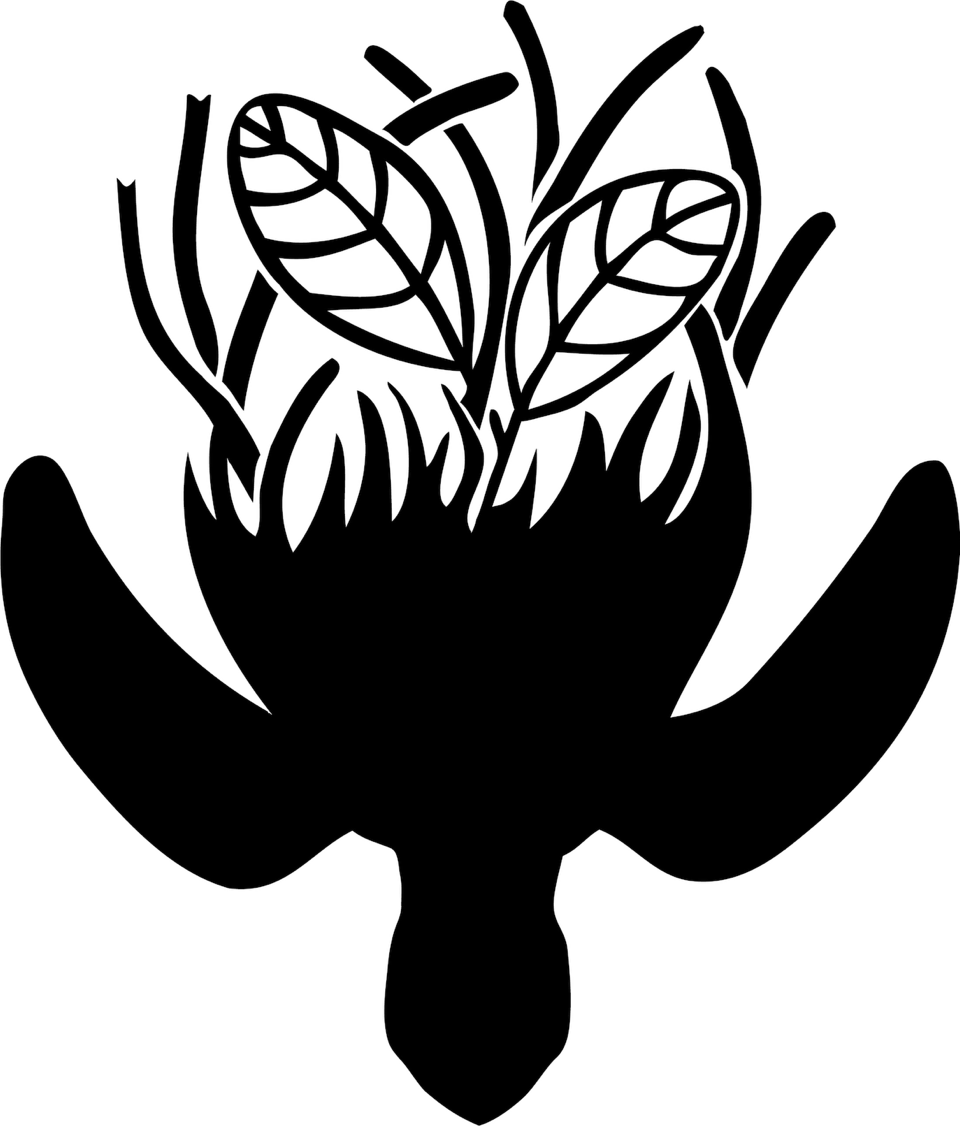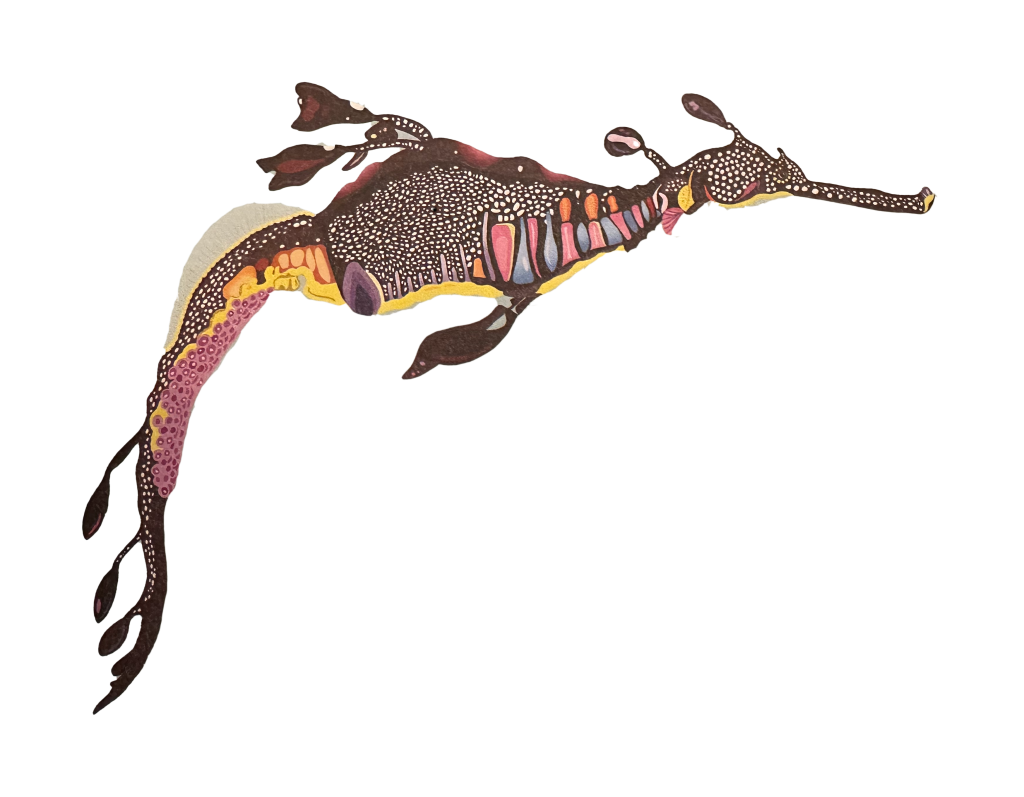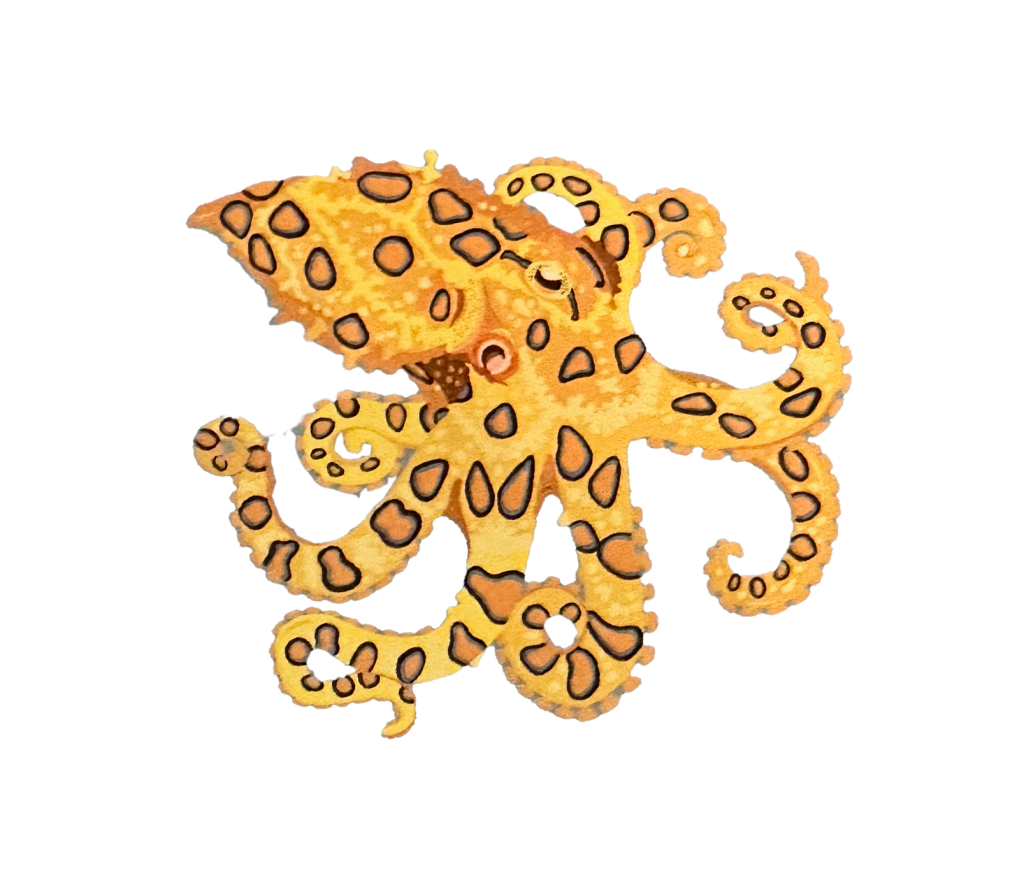(This site is under construction. Sorry for the inconvenience.)
Marine coastal ecosystems are mesmerizing in their beauty and vital for the planet’s health. These dynamic environments, home to iconic species like sea turtles, sea otters, buffalos and manatees, provide crucial social, economic, and ecological benefits. However, these biodiversity hotspots are under increasing threat from human activities.
At our research group, we take an optimistic approach, exploring how rewilding can restore these ecosystems and boost their resilience in the face of climate change
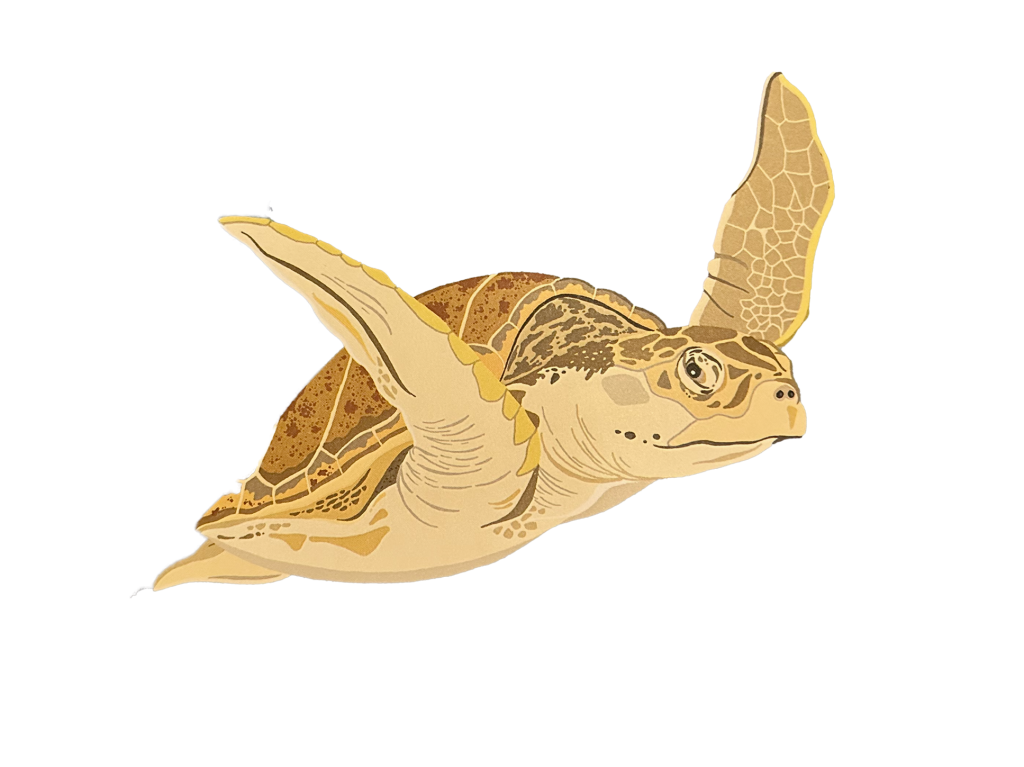

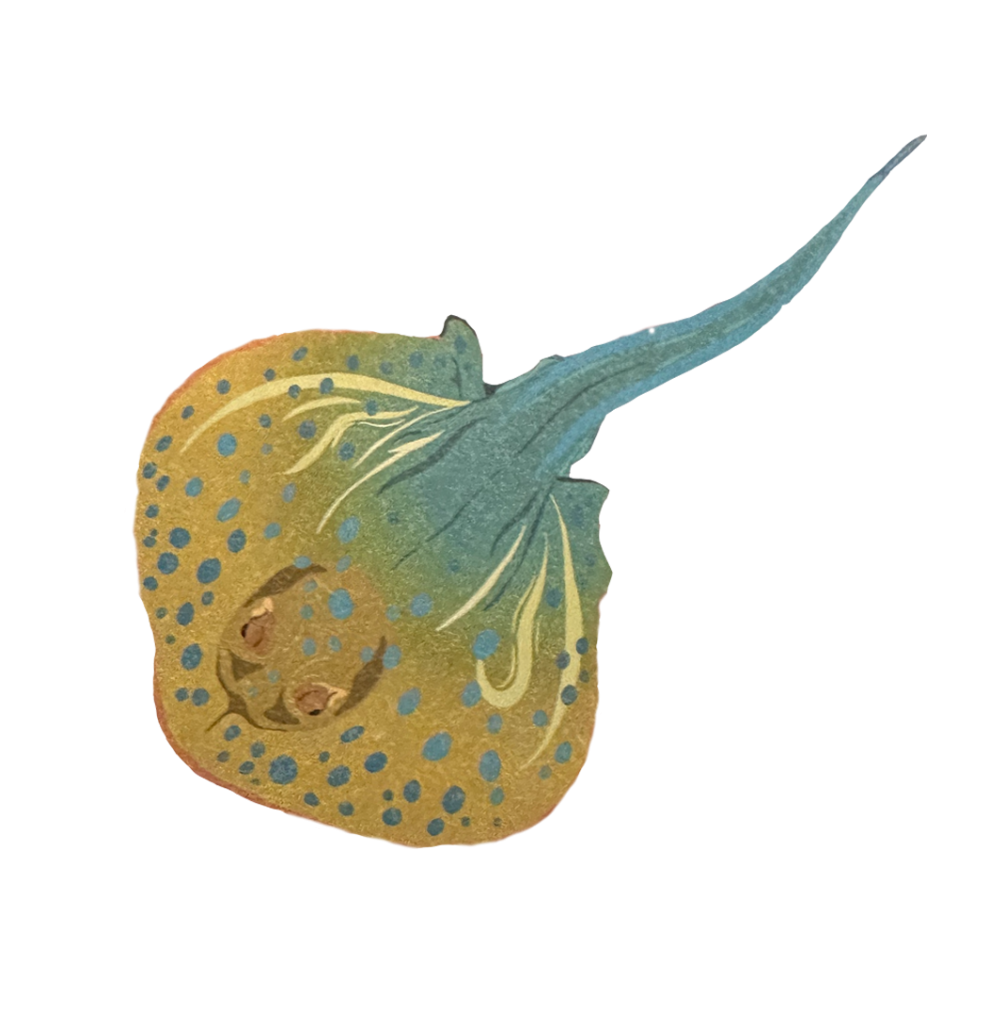
Dr. Marjolijn J. A. Christianen
Associate Professor Marine Ecology
Wageningen University,
Aquatic Ecology and Water Quality Management Group, Wageningen, NL-6700 AA, The Netherlands
ORCiD 0000-0001-5839-2981
+31 317 481 753
